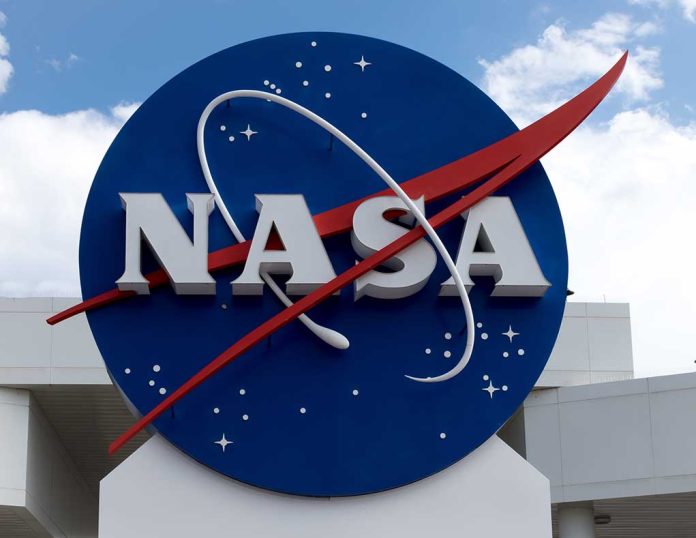
NASA and the Russian space agency Roscosmos find themselves in a contentious debate over the precise cause of an air leak in the International Space Station’s Russian segment, potentially risking future operations if left unresolved.
At a Glance
- The air leak in the ISS’s Zvezda module has persisted since 2019.
- Nasa and Roscosmos disagree on the leak’s cause, pointing to mechanical stress and high cyclic fatigue as potential factors.
- The current leak rate is approximately 1.13 kilograms per day, down from 1.7 kilograms in April 2024.
- The leak remains a top concern in NASA’s risk management system.
- No immediate threat to crew safety or station operations is reported.
The Ongoing ISS Leak
The air leak on the International Space Station (ISS), specifically located in the Zvezda service module’s PrK vestibule, has been a concern for NASA and Roscosmos for years. Since first being detected in 2019, it has sparked debates regarding its root causes, with NASA indicating a combination of mechanical stress and environmental factors and Roscosmos attributing it to “high cyclic fatigue” due to micro-vibrations. Both agencies agree that welds might be the source, but have yet to agree on the definitive cause.
The repair efforts have marginally reduced the leak rate from nearly 1.7 kilograms a day to 1.13 kilograms. While this has lowered some immediate risks, the lack of a mutual understanding between NASA and Roscosmos on the leak’s severity remains a challenge.
“The teams are watching it, we’re working with our Russian colleagues on the next step,” explained Joel Montalbano, emphasizing continued monitoring by both agencies.
After a thorough analysis and search of the air leak at the International Space Station, the leak was located in the Zvezda Service Module containing scientific equipment.
The leak is localized in the working compartment of the service module. pic.twitter.com/CUJLuocBDa
— РОСКОСМОС (@roscosmos) September 29, 2020
Risk Management and Safety Concerns
Recently, NASA raised the leak’s risk level to the highest on its risk management system, acknowledging the significant potential danger despite current measures keeping the situation stable. However, NASA and Roscosmos have not reached an agreement on the point at which the leak rate is untenable, reports the Office of Inspector General. The air leak is only one of 50 areas of concern NASA is monitoring on the ISS, alongside threats like micrometeoroid strikes and other supply chain issues.
“We’ve been watching this for a while, This area has had some leaks. In fact, we’ve repaired a couple cracks in that module part,” Joel Montalbano explained, portraying persistence in managing the ongoing challenge.
The agencies have taken preventative measures to minimize risk, including sealing cracks with adhesives and encouraging the closure of the hatch close to the leak. Despite these efforts, management of the issue will rely heavily on continued international cooperation, a foundation that has historically underpinned the ISS project.
NASA and Roscosmos disagree on cause and severity of ISS air leak https://t.co/qb7O6NAvBL pic.twitter.com/HOUAppC1DE
— SpaceNews (@SpaceNews_Inc) November 14, 2024
Future Operations and Collaborations
Despite the contentious nature of the leak, both nations continue to work together in maintaining ISS operations while preparing for future expeditions. Roscosmos is confident in their ability to keep the situation manageable and see the situation as non-critical for now. Meanwhile, NASA plans, alongside SpaceX, to continue its ISS operations through 2030, ensuring that international partnerships remain robust to address such challenges.
As operations proceed, including the upcoming Crew-8 mission with NASA astronauts and a Russian cosmonaut scheduled for March, the future of both nation’s collaborative efforts in space remains pivotal in addressing existing and emerging challenges on the ISS.





